One of the most impressive aspects of Metaphor: ReFantazio is the detailed world-building. While some aspects stand out more , like the tribes, magla, and humans, other aspects serve a more background role, to help add detail and make the world feel more believable.

Related
Out of all these background details, the most significant to understanding the overall story, and the truth of Euchronian society is Sanctism. While it’s easy to notice right away that Sanctism is a religion, more specific details are harder to pick up on, and some are left hidden in text passages. So, why is Sanctism so important to Metaphor’s story?
Spoilers For Metaphor: ReFantazio Ahead
Who Are The Sanctists?
Sanctism is the official state religion of the United Kingdom of Euchronia, and its followers are called Sanctists. It has a high influence in the country’s politics, being the heart of the Crown Theocracy. Members of the shadowy senate, who we see brief glimpses of throughout the story, also have close ties with Sanctism as well.
What defines Sanctism as a religion is that it is monotheistic. This means that they believe in one true god and most of the religious practices focus on praising and praying to this god. Throughout Metaphor: ReFantazio you’ll find various churches dedicated to Sanctism. In Grand Trad, Altabury Heights is the center of the religion’s practices, with it serving as a site for pilgrimage.
You’ll often hear Sanctist followers saying ‘closurei’ at the end of their sentences. It’s such a common line that it’s often used in overworld background noise, so you’ll hear it a lot throughout the game.
The phrase has unknown origins, but functions within Sanctism as a prayer, with the belief that if it’s uttered with your whole heart, it will reach god and bless the Sanctist in question with salvation.
Thanks to just how influential Sanctism is around Euchronia, after the King was assassinated at the beginning of the game, the obvious choice for his successor was the leader of the Sanctist church; Sanctifex Forden, in spite of having no connection to the throne by heritage.
Even though Louis is treated like the protagonist’s main adversary for the throne, for the majority of the game, Forden will be leading whenever you check in on the results.
Are Sanctists Evil?
While you’ll meet plenty of Sanctists throughout Metaphor: ReFantazio, most of the important Sanctists you meet end up being quite antagonistic, or at least a little shady, so you might wonder if this is an issue with the characters individually, or the theocracy as a whole.
While we learn a lot about individual Sanctists, their personal ambitions, and desire for the influence of the religion to spread, we do not learn about any particularly villainous teachings of the church. However, we also don’t learn about any particularly positive teachings either, and the church seems to put little effort into stopping the rampant inter-tribe discrimination that takes place throughout Euchronia.
In fact, one of the main forms of discrimination we witness throughout Metaphor: ReFantazio, is specifically stated to have been spread by Sanctist teachings.
Sanctism And Eldas
One of the first things you learn when working through Metaphor: ReFantazio is that the elda tribe are one of the most discriminated against tribes, so much so, that they are not even included under the umbrella of the eight tribes. While almost every character we meet shows some sort of hesitation to trust an elda, and some just treat the protagonist with outright antagonism, it’s learned later on that one of the biggest perpetrators of this discrimination is Sanctism.
The main reason why elda are treated so badly is that the Sanctist church teaches that the elda are capable of using dangerous and heretical magic that threatens the teachings of the church. While this rumour is largely false, it is widely believed in Euchronian society, and a large reason for why is that the elda are so rare and often widely outnumbered, that they rarely get a chance to defend themselves. In more remote settlements, some people don’t even believe that elda exist, since generations can live and die without ever directly interacting with an elda.
A likely reason why the rumour stuck is also that the truth of the elda is loosely connected to this Sanctist accusation. It is revealed that the elda are in fact the truest descendants of the citizens of the old world from before the discovery of magla and magic. After the War of Destruction, most of these people evolved into the eight main tribes, thanks to the harsh conditions of the war, and people that were unlucky enough to face extended exposure to melancholia mutated into the beasts now known as humans.
Since elda are technically the predecessors to humans, and also the descendants of survivors of the old world, they are easy to stigmatize. Thanks to their hereditary knowledge of the world before magla, they also have information that doesn’t line up with the teachings of Sanctism. This is likely the reason why Sanctist leaders are quick to display their ire towards the eldas. This can be seen in Forden’s actions towards both the Prince and the elda village.
Important Sanctists
While none of the main party members have any especially tight ties with the Sanctist church, there are plenty of influential characters in the story that are connected to the religion. So who are they, what is their role in the church, and how do they impact the narrative?
Forden
Arguably the most important Sanctist in the setting of Euchronia is the leader of the church; Sanctifex Forden. Part of the rhoag tribe, this older man has been in charge of the church for decades, serving as head of the Crown Theocracy for many years of the previous king’s rule as well.
The position of Sanctifex has historically been held by members of the prevailing tribes like clemar or roussainte, but Forden was able to rise to the role thanks to his wide network of support from within the church and the senate.

Related
The 7 Best Bond Storylines In Metaphor: ReFantazio
Who should you build your bonds with in Metaphor: ReFantazio?
Due to Forden’s large popularity as a stable ruler of the church and leader of the Crown Theocracy, he was seen as the most sensible and moderate option for taking over the king’s position at the start of the competition for the crown.
You can recognize the level of influence held by the Sanctist church when you realize that they are the body that set up this competition, and we often see them manipulating each stage to further spread the influence of the church.
Even though Forden competes in the event acting like he is on the same level as the other competitors, on top of his status, he is given a massive advantage by being part of the group that is organizing each stage.
While Forden rarely gets his own hands dirty, he is behind some of the main events that influence the progression of Metaphor’s narrative. For example, he is the one who ordered the assassination of the Prince, since he didn’t want a visibly elda heir taking over the throne and being associated with the Crown Theocracy. He was also behind the attacks on the elda village, the same attacks that ended up radicalizing a young Louis.
Even though Forden never takes the role of the game’s main antagonist, thanks to how influential and negative his actions are on the story, he is a clear secondary antagonist.
Rella
One of the more emotionally complex and mysterious characters in the game, Rella, an ishkia healer known for her skill and generosity, is a part of the Sanctist church, and because of her wide popularity, is given the title of Saint and treated as a figurehead at Sanctist events. She is also the adoptive sister of nidia party member Junah, and while the pair are shown to deeply care for each other, they also have clashing ideals.
After Forden is killed in Altabury Heights, Rella is appointed by the senate to replace Forden as the church’s representative for the throne, and even though she joined the race so late, she proves to be a popular candidate. However, Rella’s journey to the throne is cut incredibly short as the truth about her involvement with the Prince’s assassination comes to light.
While it is assumed for most of the game that Louis cursed the young Prince, it was actually Rella, just a young girl at the time, being manipulated by Forden. Soon after this, she has a short conflict with the party, and unfortunately passes soon after, freeing the Prince from his curse.
Gideaux
While Forden entered the competition for the crown, he also had other members of the Sanctist church enter on his behalf, and the most noticeable example of this is Gideaux. While the Sanctist church often have the aid of the royal army, they also have their own private army known as the Monk Army, and Gideaux is the captain of this force.

Related
He’s outright antagonistic towards the protagonist, citing his elda heritage as a good reason for his discrimination. On top of this, Gideaux is quite openly jealous of Rella and her popularity, especially when she takes over Forden’s position instead of him. After being humbled by Rella’s magic prowess, he is forced to back down, but if you miss seeing him about, he’ll take over the smaller church in Grand Trad and seems to have softened up considerably.
Batlin
While Batlin works as the official crier for the Crown Theocracy, and thanks to his popularity, ends up also being the official crier for the tournament, he is openly against just spreading Sanctist propaganda, and his sympathy towards the party is shown repeatedly throughout the game.
While this, of course, angers the Theocracy, he’s too popular to demote. So while he’s technically associated with the Sanctist church, he’s nowhere near as tied up in their agenda as the other significant members.
Joanna
Joanna was a Sanctoress of the church, a high up position of authority often placed in charge of different settlements, and she is heavily involved in the Martira arc of the story. While she initially seems to be a respectable ruler, it’s revealed that she’s behind the kidnappings that have been plaguing her town, as she’s been feeding the children to a horrifying baby-like human after being driven mad by grief following the unjust murder of her own child for simply being from two different tribes.
While she is presented as a villain, after defeating the monster, she comes to her senses and publicly admits her actions in Brilehaven, prompting a swift execution ordered by Forden.
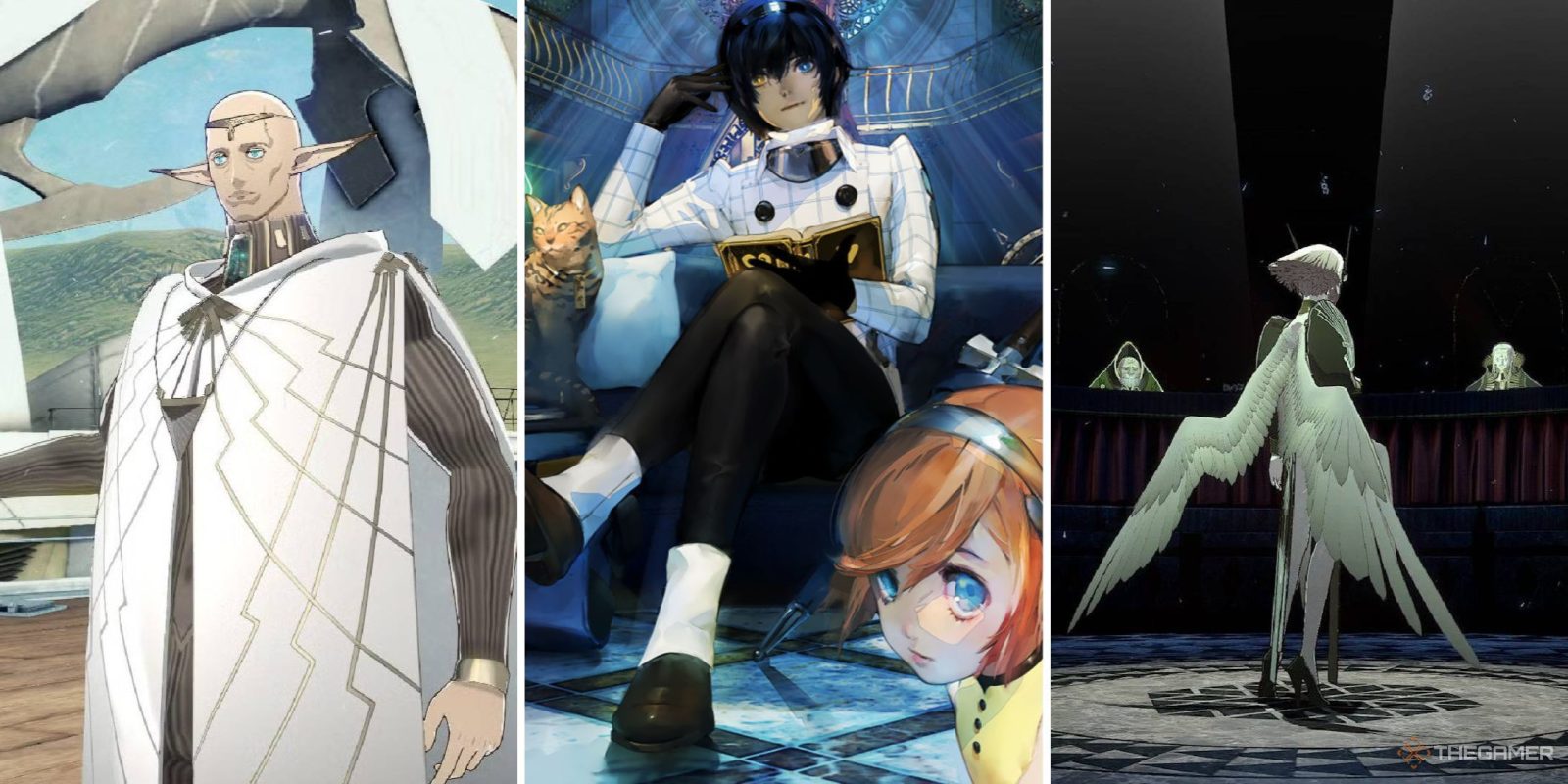
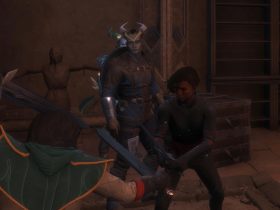

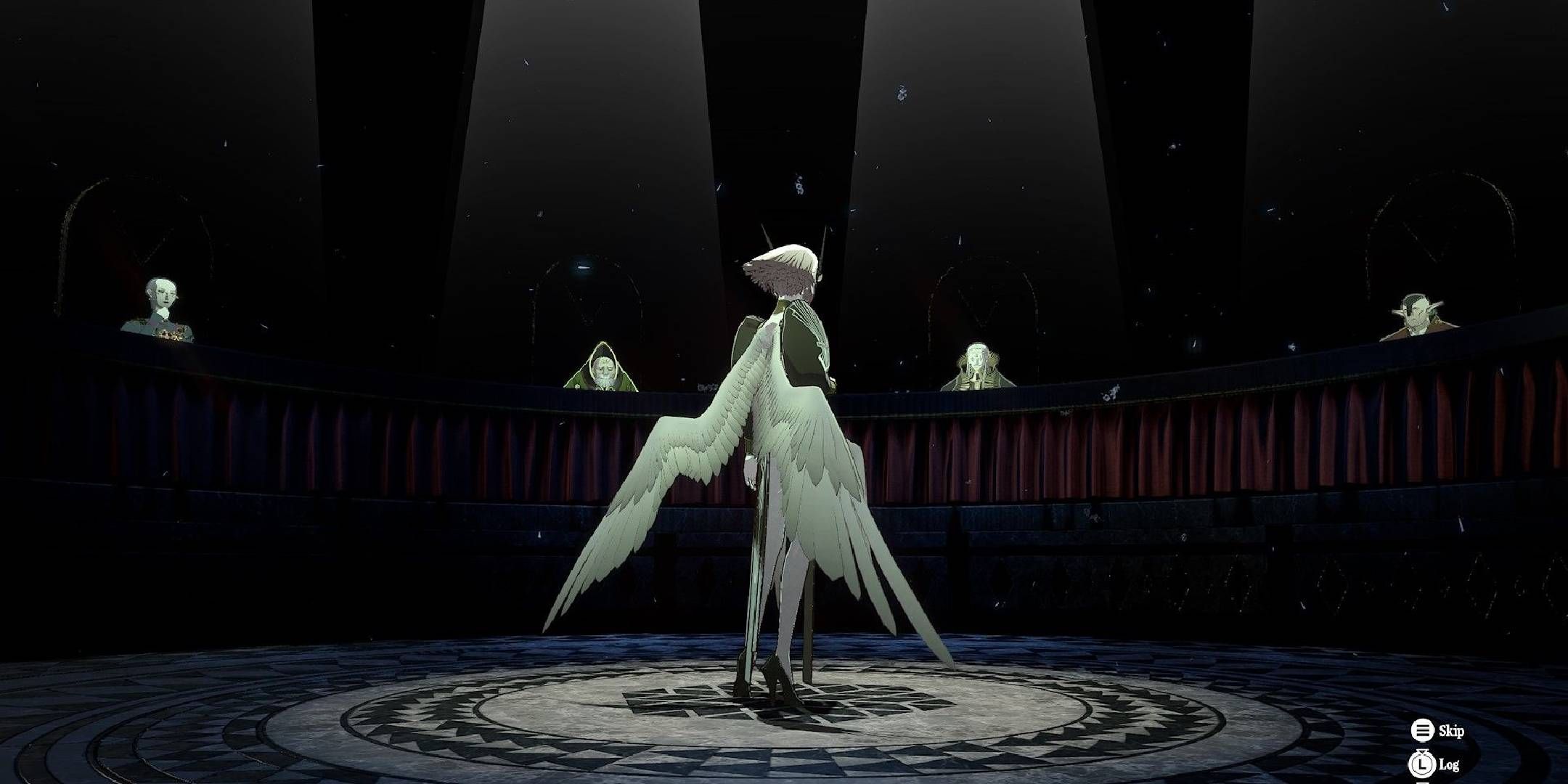
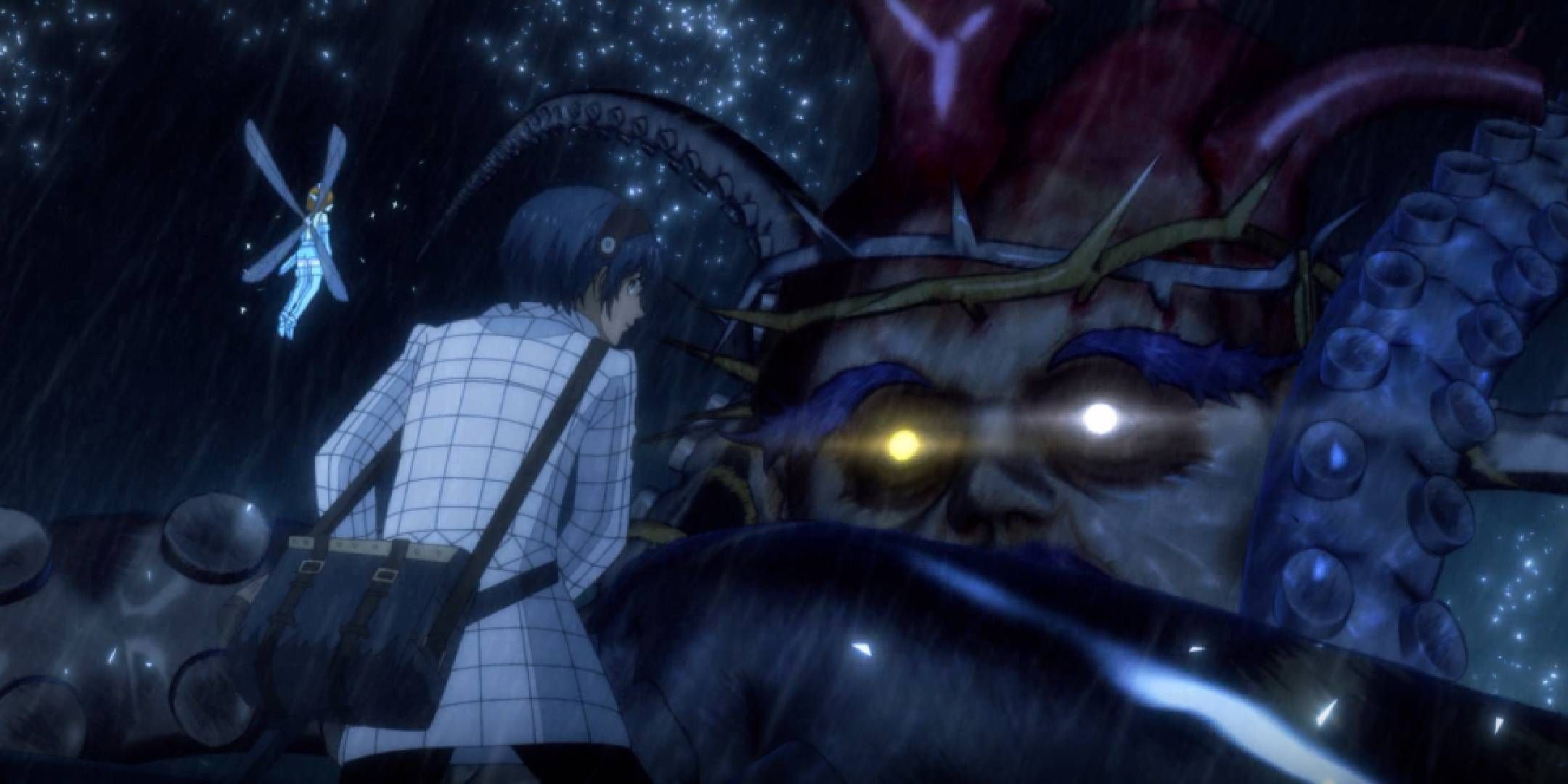

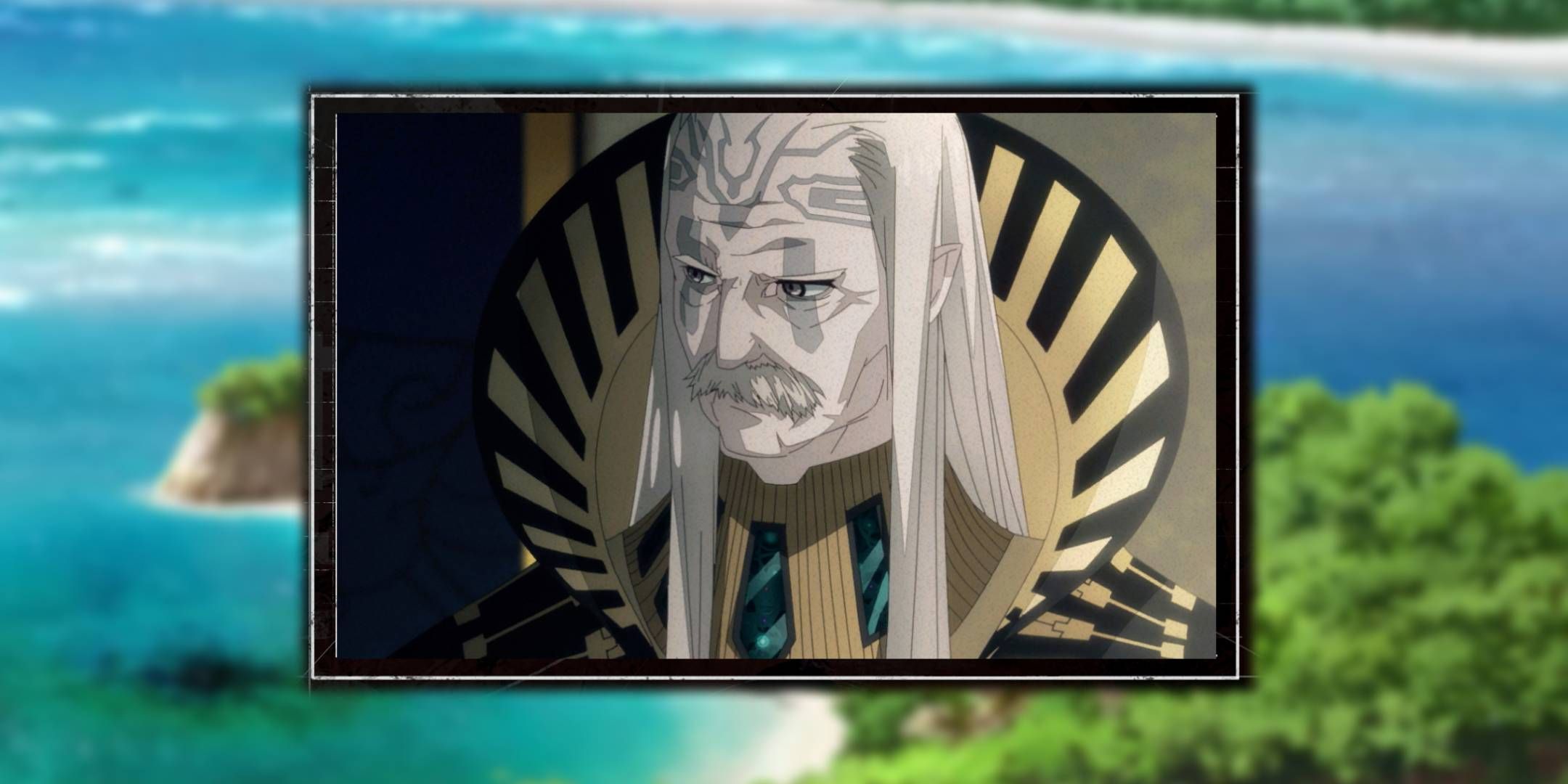
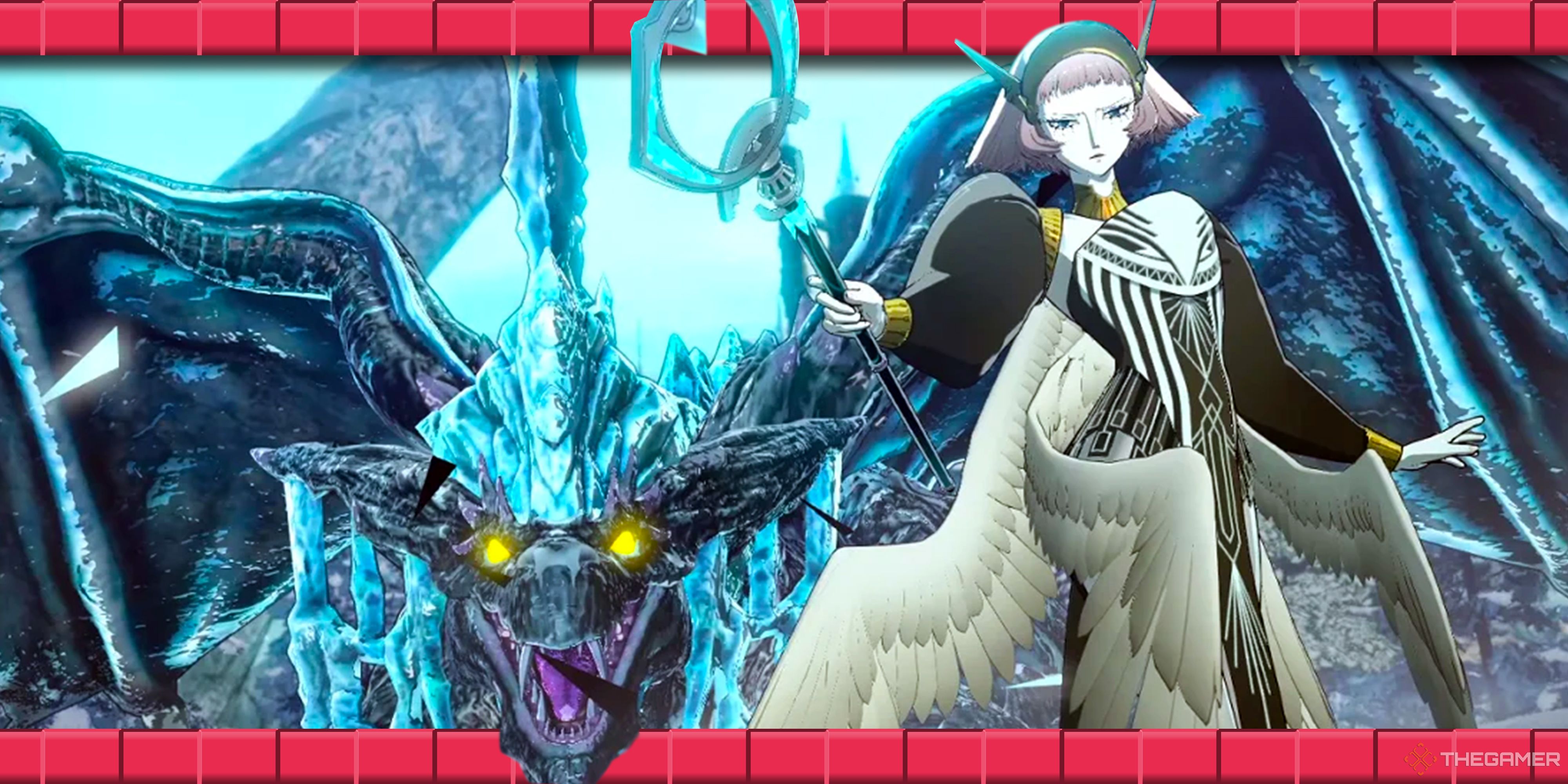
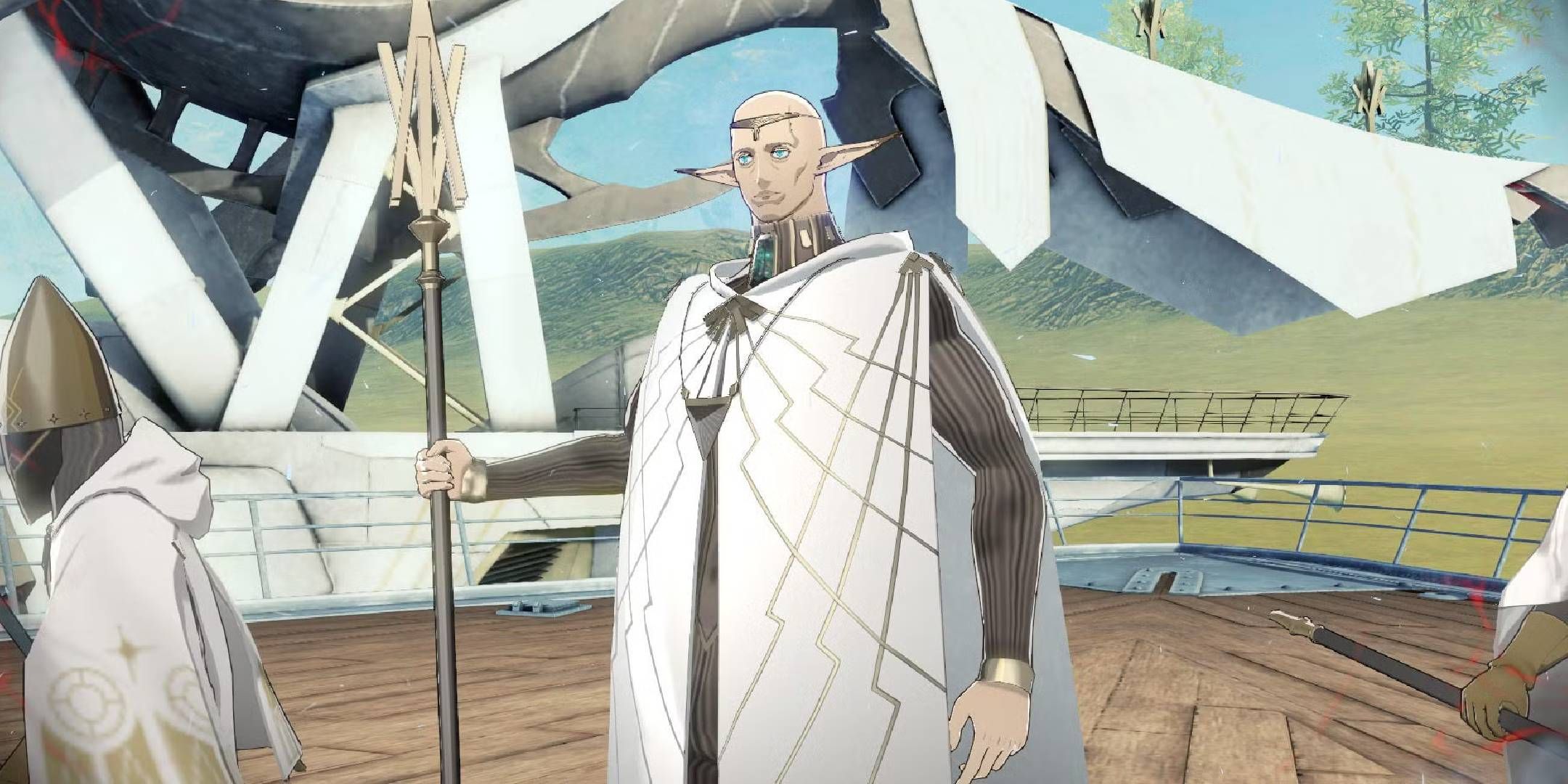
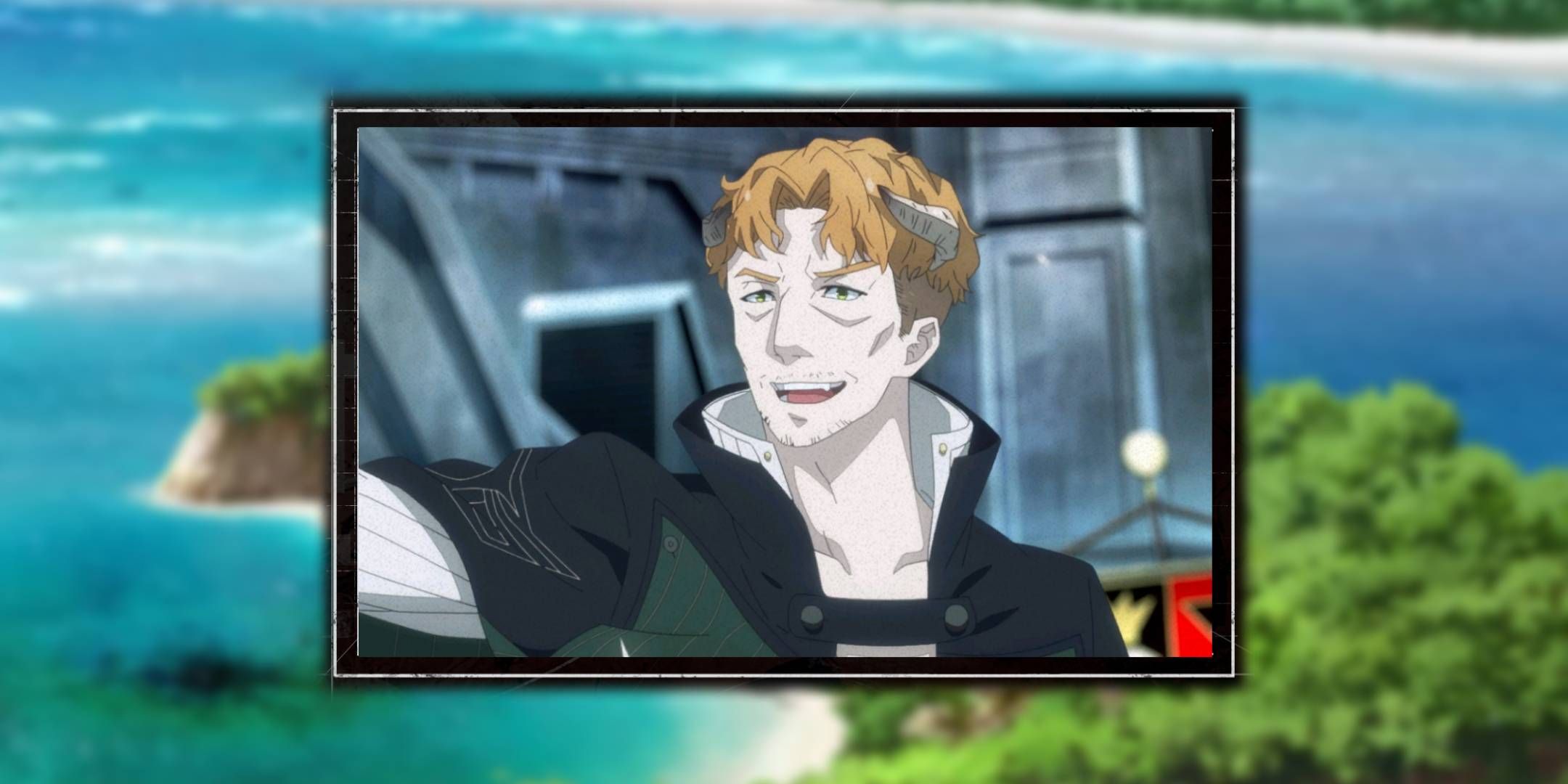
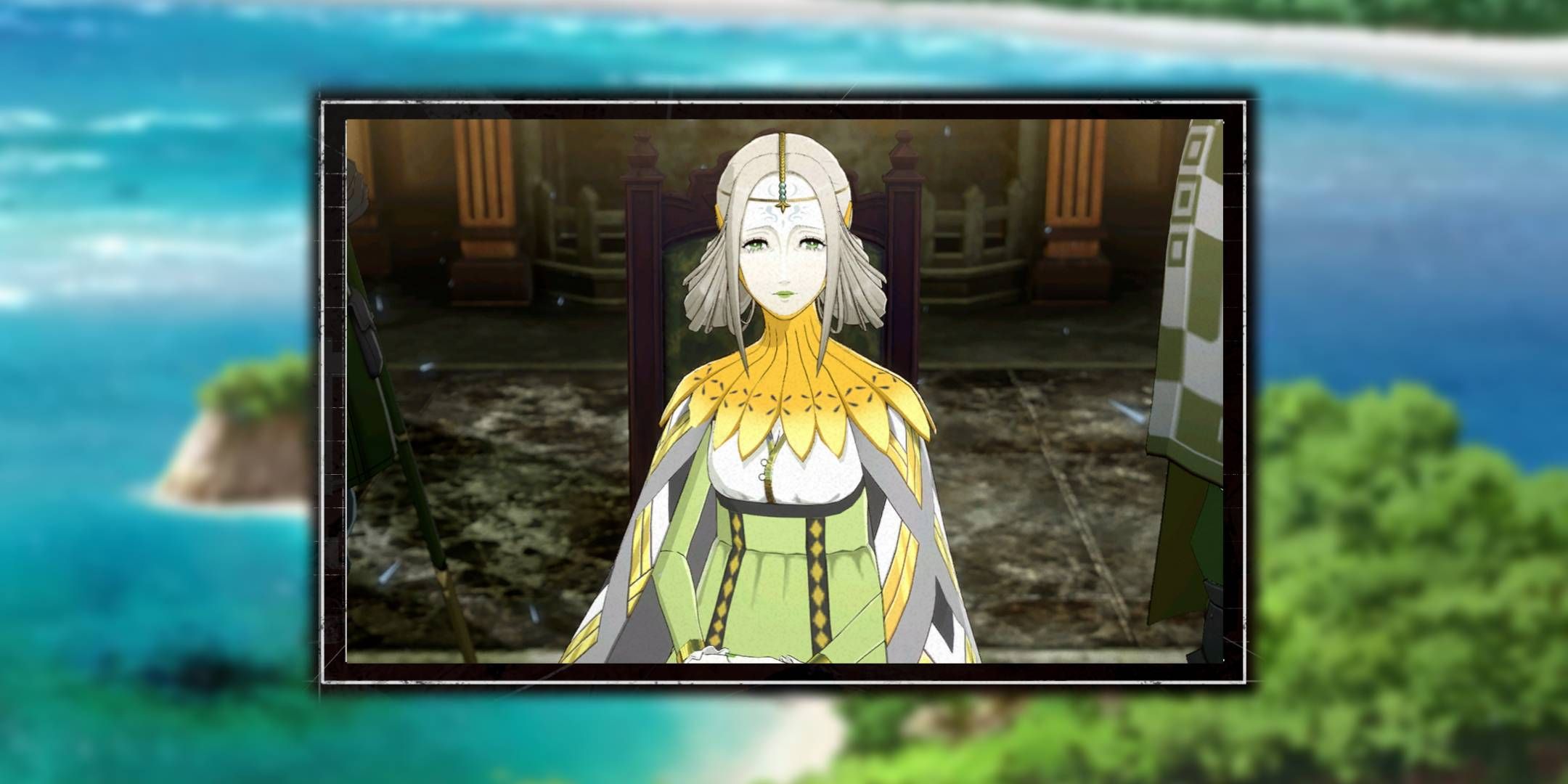





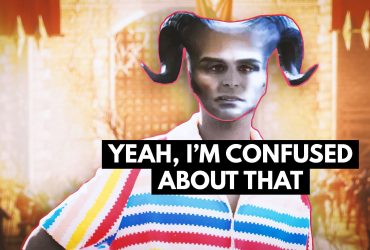

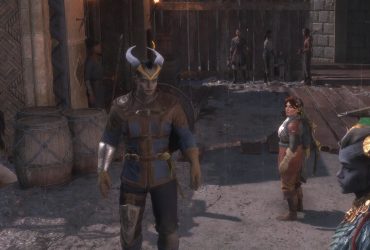


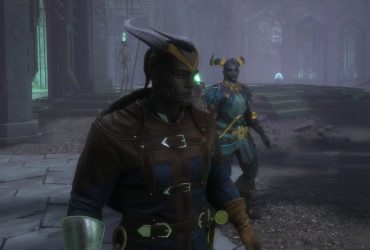
Leave a Reply